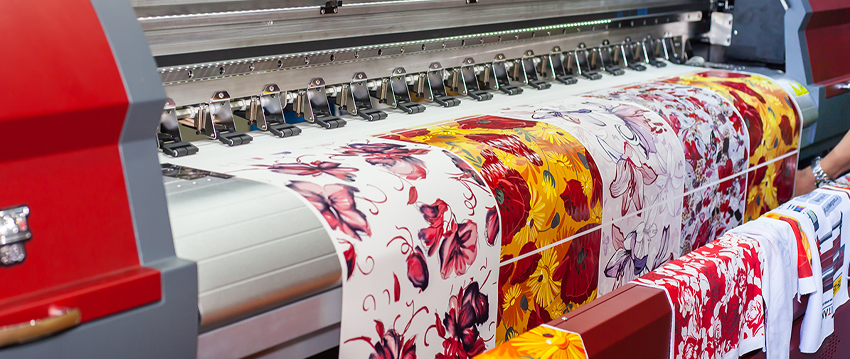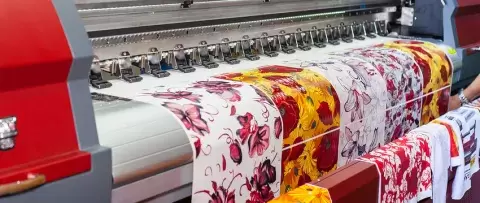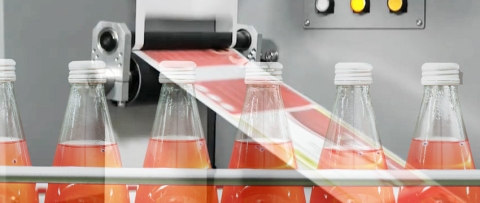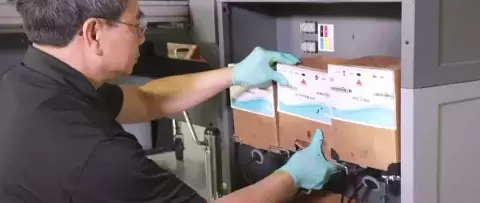Perfecting the Art of Textile and Fabric Printing
Create stunning custom fabric prints with digital printing
The art of textile and fabric printing is an intricate process. It requires precision, attention to detail, and an eye for the latest trends to produce high-quality custom prints. With the right techniques and materials, print service providers and brand owners can create stunning custom fabric prints that stand out from the crowd and store windows. This blog post, will explore how to achieve superior-quality textile printing.
Choose Quality Textiles
An important step in achieving high-quality prints is selecting high-quality textiles that are specifically designed for digital fabric printing. These textiles are usually from various fibers, such as polyester or nylon fabrics with a smooth surface and even texture that allows for crisp, vibrant prints. They should be durable enough to withstand multiple washes and should have enough stretchiness to accommodate various contours. Additionally, it is important to choose a fabric weight suitable for your project. For instance, lightweight fabrics will be ideal for more delicate pieces such as women’s dressed or men’s shirts, while heavier fabrics will be suited for items such as duffel bags or backpacks that need extra durability and strength.
Optimize Your Design Files
Design files need to be optimized according to the specific requirements of textile printing to ensure accurate color reproduction and sharp details on the final product. This means ensuring all images are saved preferably in vector format and all fonts are converted into outlines before they are sent off for production. Any pixelation issues should also be addressed prior to sending off your design files, as these can cause problems down the line in production. Additionally, all colors should be specified using Pantone Matching System (PMS) numbers so that you know exactly what shades you’re getting when your products arrive.
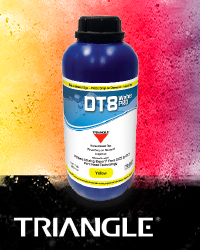
Choose Quality Inks
One of the most critical aspects of producing high-quality prints is selecting quality inks formulated specifically for digital textile printing. These specialized inks produce strong results on many fabric types and allow you to achieve vibrant colors without sacrificing durability or washability over time. A very important characteristic of these specialized inks is reliability and consistency to guarantee the same result over and over again with no downtime and maximum productivity. There are many ink types, each one designed for printing on a specific substrate type: from reactive-dyes for cotton and cellulose-based fabrics, to dye-sub inks for polyester-based fabrics, to pigment inks, that are virtually suitable for any fabric type, including blends. A quality ink nowadays must be designed to meet the ever-growing demands of the environment sustainability and meet the challenges of various initiatives aimed at reducing the impact on the environment of the textile industry.
Conclusion
Achieving high quality fabric printing requires more than just choosing a quality fabric – it requires paying attention to every step of production from design through post-production processing. By selecting quality textiles, optimizing your design files, and choosing quality inks formulated specifically for digital printing, you can create stunning custom prints with vibrant colors and sharp details that will last wash after wash! Ultimately, perfecting the art of textile printing is an intricate process that yields beautiful results if done correctly – so don’t hesitate to invest extra time into each step of production!




